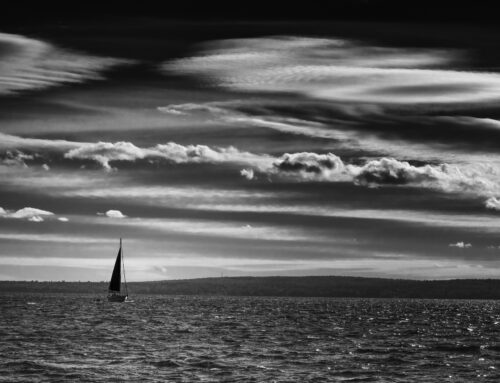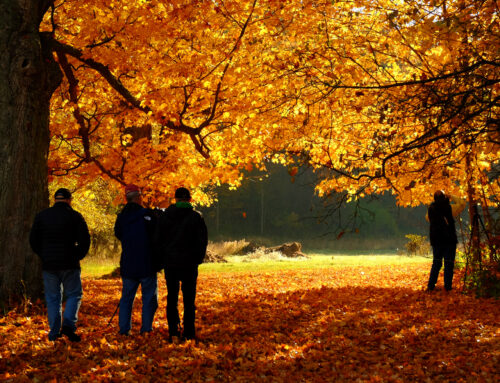Text and images are © Jack Graham / Jack Graham / photography
Conway Summit, Eastern Sierra, CA
Let’s face it, we as photographers….pro’s, amatures’ or just casual shooters all look forward to the fall color display to get out and capture all that nature has to offer. Unless you are lucky to live in areas that offer really interesting photography most of the year, once that cool air, increasing rain and fall color starts, we get that rejuvenated feeling and grab our camera bags and get out, sometimes after a long dull summers
Here are some tips that can help in getting the best images you can in the season of color.
 Overcast and rainy weather provides the best lighting for both landscapes and close-ups of fall leaves, ferns, mushrooms, berries, and other fall details. Bright sunny weather creates harsh highlights, blocked shadow details, and even a blue cast due to reflected light from the blue sky. A cloudy sky minimizes the blue cast, reduces contrast, and increases color saturation. Rainy/ wet conditions serve to even increase color saturation. The bottom line is that bad weather usually makes for great photography. Streams, rivers, waterfalls and forests are great subjects to photograph when it rains. In fact when tree trunks get wet they become darker, sometimes even black.
Overcast and rainy weather provides the best lighting for both landscapes and close-ups of fall leaves, ferns, mushrooms, berries, and other fall details. Bright sunny weather creates harsh highlights, blocked shadow details, and even a blue cast due to reflected light from the blue sky. A cloudy sky minimizes the blue cast, reduces contrast, and increases color saturation. Rainy/ wet conditions serve to even increase color saturation. The bottom line is that bad weather usually makes for great photography. Streams, rivers, waterfalls and forests are great subjects to photograph when it rains. In fact when tree trunks get wet they become darker, sometimes even black.  This only enhances the color in the leaves.
This only enhances the color in the leaves.
Take care to keep your equipment dry as well as yourself and get out and shoot in these conditions.
- You can use a circular diffuser, such as a Photo flex, to soften direct sunlight, simulate an overcast sky, and thus improve the lighting for your fall close-ups.
- Early morning and late afternoon lighting on sunny or partly cloudy days can provide dramatic lighting for scenic fall vistas taken in the open. Weather fronts, which often occur in fall, can also provide sensational light, especially when areas of fall color are sunlit against a dark storm sky.

- Let’s talk about sky. John Shaw’s sky rule: “If the sky adds nothing to your image… LEAVE IT OUT”!!! White or overcast, undramatic sky is poison to an image.
- Left-white sky makes this a bad image
- Right–same location. no sky !!
Sunny weather is also the best lighting for photographing reflections of fall foliage in lakes, rivers, and streams.  The reflections are most dramatic when the fall color is sunlit and the water is in shade. Try using slow shutter speeds to create abstracts from fall foliage reflected in the moving water of rivers and streams.
The reflections are most dramatic when the fall color is sunlit and the water is in shade. Try using slow shutter speeds to create abstracts from fall foliage reflected in the moving water of rivers and streams.
- Misty, damp days can provide wonderful, moody lighting for fall color and waterfall photography.
 The air is usually still, eliminating the problem of wind movement, and the moisture on leaves and rocks intensifies their color.
The air is usually still, eliminating the problem of wind movement, and the moisture on leaves and rocks intensifies their color. - As with snow scenes, relying on your camera meter may result in misty scenes that are too dark, so you may need to open up by ½ to 1 f-stop to retain the pearly light and luminosity that permeate these quiet foggy fall days.
- A polarizing filter can be used to intensify colors and minimize reflections from wet rocks and leaves. An exposure increase of 1 to 2 f-stops will be needed, depending on the amount of polarization. Your camera meter will adjust the exposure automatically when you attach a polarizing filter. With most modern digital cameras, a “circular” polarizing filter is needed to ensure an accurate exposure reading.
- Use color to your advantage. Complimentary colors add to impact images. Green foliage combined with the reds and oranges work well.
 So does yellow aspens against blue sky’s in autumn.
So does yellow aspens against blue sky’s in autumn.
Keep your compositions as simple as possible. Remember, don’t try and write a novel in your photographic composition, write the sentence that tells the story. Use the rule of thirds, graphic lines and make your image using a key element as the anchor. Simple is always the best.
- We have been told to always polarize to bring out color. This is not always helpful. Don’t over polarize reflections of fall foliage in water…the reflections may disappear! And beware of over polarizing deep blue skies.
- Don’t be afraid to occasionally rearrange fallen leaves, twigs, or other inanimate objects to improve a composition. Professional landscape photographers do it all the time, though they usually don’t like to admit it! But don’t become a slave to manipulating natural objects in your photograph, or your pictures will appear manipulated and trite. And please don’t uproot living plants and other subjects in your quest for better compositions.
How to monitor the progression of fall foliage:
http://www.weather.com/activities/driving/fallfoliage/
http://phototravel.com/fall.htm (more than you’ll ever need!)
http://www.wxnation.com/fallfoliage/ (lots of cams)
Bridleveil Falls, Cuyahoga NAtional Park, Ohio












Wonderful autumn scenery! Really inspires me to get out this weekend and capture the season, I reckon it’s just about the last chance as well because we’re starting to have more leaves on the ground than on the trees. It’s been raining, too.